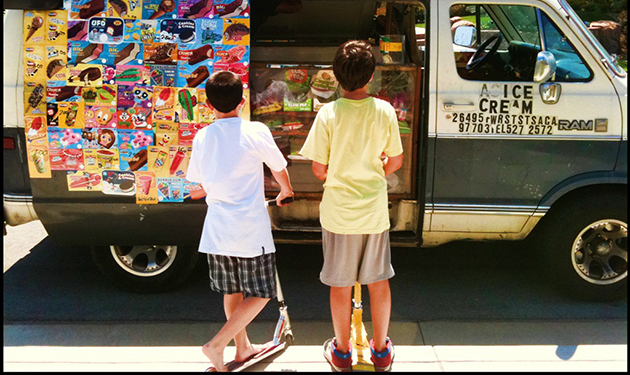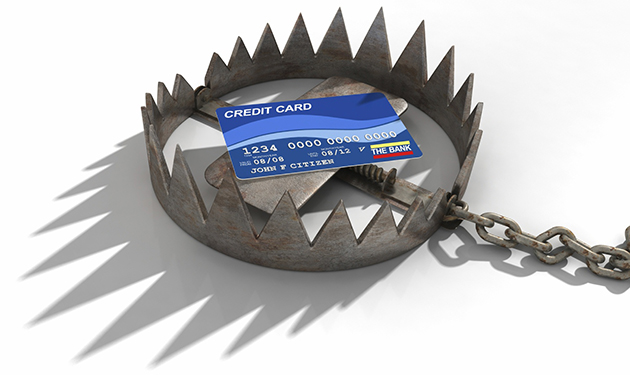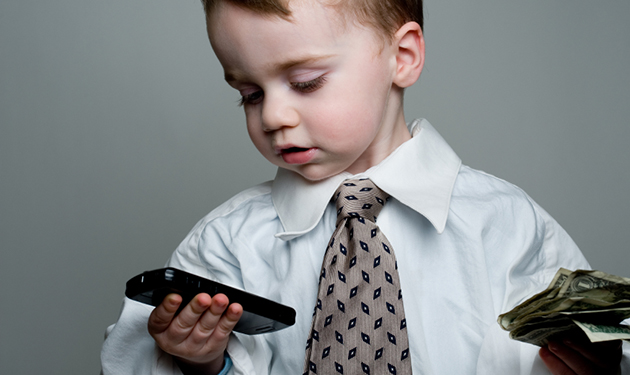Talking to your kids about credit cards might be the last thought on your mind. It might be years before they apply for their own credit, and if they’re a little older, you may assume they already know everything about credit. But ask yourself: How much did you know when you applied for your first account? A little? A lot? Absolutely nothing?
Many people learn the ins and outs of credit by trial and error. And it’s only after they’ve made a ton of mistakes that they work to improve their habits. Things can be different for your kids – if you discuss credit cards with them. But don’t wait until your kids are in their late teens or early twenties to have the talk. They’ll probably have one or two credit cards under their belts by this time. The time to talk with your kids is before they’re old enough to apply for credit.
Topics to Discuss With Kids
It isn’t enough to give a definition of credit cards. You want your kids to be responsible with credit. The more information they know, the better. Plus, it doesn’t hurt to set a good example. If your kids see you abusing credit cards and buying things you cannot afford, they’re likely to follow your pattern. So, what topics do you need to discuss?
1. Credit cards are not free money.

When young kids see mom and dad swipe a credit card, their young brains may not grasp the concept. Unless you specifically explain how credit cards work, your kids may think that anything is possible with a credit card. Granted, most kids eventually put two and two together, especially if they hear you complain about credit card bills. But if money and personal finance have been taboo topics in your house, your kids may lack a general understanding.
Don’t assume they know the basics. You might approach the discussion by comparing credit cards to a loan. Although a credit card company lets you borrow money to pay for things today, you have to pay back every cent that you spend. Without getting kids too involved in your personal finances, you might show your monthly statements – pointing out the due date and how much you’re required to pay.
2. Explain how interest works.

Even if your kid understands paying back a credit card, he may not understand interest. This isn’t the easiest concept to break down for kids. To put it plainly, simply discuss how banks make money off interest. Show him or her your credit card statement or a sample statement online. Highlight the interest rate, the credit card balance and the new balance after interest charges. Explain that interest is a percentage of the outstanding balance, and make sure they understand that banks charge interest monthly. Thus, the longer it takes to pay off a credit card, the more the credit card company earns. Talk about the importance of paying off balances in full every month to avoid interest.
3. Importance of moderation.

Help kids understand that a credit card isn’t an open invitation to buy whatever they like. Talk about credit limits, but stress the importance of keeping balances way beneath this limit. Again, it helps to lead by example. If you pay off your balance every month, show your kids statements that reflect a zero balance.
4. Discuss how credit cards can affect their future.

Most kids dream of buying a home or their first car. To get their attention, mention how their credit habits can influence their options in the future. If they use credit cards responsibly and don’t incur a lot of debt, they can build a higher credit score and qualify for loans. Quite the opposite if they skip payments, stop paying altogether or max out their credit card accounts.
Practice Makes Perfect

Unfortunately, the personal finance lessons you teach may go in one ear and out the other. For older kids, practice is the best lesson. Get them accustomed to using credit while they’re still under your roof. You can monitor their credit use firsthand and help modify bad habits.
A prepaid debit card doesn’t build a credit history, but it’s the perfect way to get kids thinking about credit. You can purchase these cards from any gas station, drug store or grocery store. Load a certain dollar amount onto the card and give your kid a spending limit. For example, if you load $200 on the card, only allow your kid to spend $25 or $50 a month. This teaches self-control and he learns that he can’t have everything he wants.
Another approach: add your kid to your credit card as an authorized user. He’ll receive a credit card in his name but you remain the primary accountholder. Give him a small monthly spending limit as you would with a prepaid debit card. If you like, make him responsible for his own monthly charges. This approach is slightly dangerous, and you’ll need to stay on top of his charges and make him accountable for his actions. If all goes well, your kid will not only receive hands-on credit card experience, but also establish a credit history.
